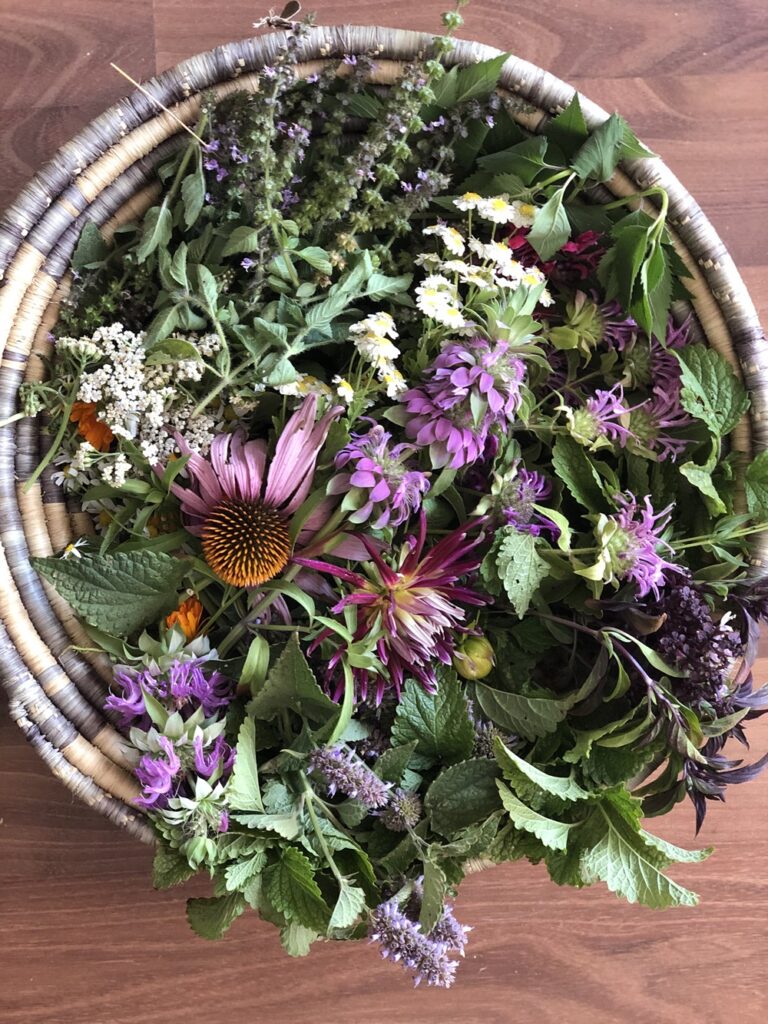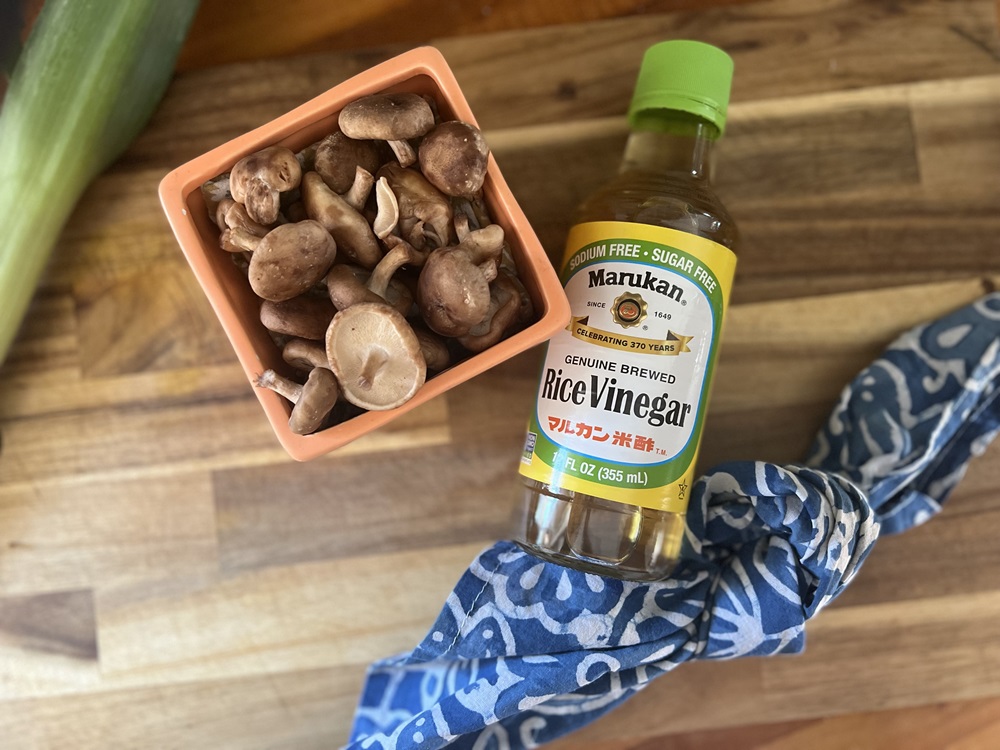Autumn Alchemy
Embracing the Season of Harvest and Reflection
Medicine Meal explores the intersection of food and herbs as medicine. The name comes from the Japanese Yakuzen culture, which is about creating delicious, healing meals using traditional Chinese medicine herbs and principles.
Photo above by: Sara Deragon
Autumn in Sonoma County is abundant with local markets and home gardens brimming with loads of ripe vegetables, fruits, and herbs. The plants that thrive here do so with minimal fuss, while others struggle, perhaps due to poor soil preparation, inadequate watering, or pesky animals and insects.
Much like our gardens, our lives are filled with successes, failures, and moments of ambivalence throughout the year. According to Traditional Chinese Medicine (TCM), from mid-September to early November, autumn is a season for introspection and integration. It’s a time to reflect on the lessons learned over the past year, letting go of what no longer serves us. This process often involves clearing out old patterns and relationships that drain our well-being. As we navigate this inner journey, we may encounter feelings of grief and sadness as we mourn the loss of familiar aspects of our lives (appropriate as sadness is the emotion associated with autumn). This emotional work is vital—by releasing old patterns, we make space to live more authentically and fully.
The lungs and large intestines are the organs that rule autumn in TCM. The health of the lungs influences the immune system, and, during this season, we are particularly vulnerable to illnesses. These organs draw nourishment from the outside world, processing oxygen, food, and water to discern what is beneficial and what needs to be eliminated. This process underscores the importance of our diet in autumn—not just what we eat but also what we avoid. Focusing on foods that nourish and support our lungs and large intestines can enhance our health and bolster our defenses against illness.
As the leaves fall and the days grow shorter, take time to reflect, let go, and nourish yourself deeply. Autumn in Sonoma County is not just a time of harvest but also a time of renewal and inner growth.
Breath Work
A LUNG SUPPORT TEA
Makes 2½ cups of loose-leaf tea
Every autumn, our community in Sonoma County braces for fire season—dreading the dark, smoky days that obscure the sun and fall heavy on our lungs. This herbal tea blend was formulated with fire season in mind, and it is appropriate for taking during and after smoke exposure. However, it can also be taken as a lung-support tea during cold and flu season. This blend of herbs helps to heal the lungs, support immunity, and clear toxins from the system.
These herbs grow readily in Sonoma County. My favorite places to purchase them locally are Rosemary’s Garden and the Sonoma County Herb Association, both in Sebastopol.
Ingredients:
1 cup marshmallow root, dried
1/2 cup mint, dried (substitute lemon balm)
1/2 cup elderflowers, dried
1/4 cup mullein leaves, dried
1/4 cup nettle, dried
INSTRUCTIONS:
Blend herbs and store them in an airtight container away from heat and moisture for up to 12 months. To make a cup of herbal tea, place one heaping tsp of herbal tea in a teapot for every 1 cup of water. Pour simmering water (200° F) over herbs and cover.
Steep for 10 minutes. Strain and drink. It’s delicious as herbal iced tea with lemonade.
Take one cup twice a day for three days or as needed.
Mushroom Rice Wine Vinegar
Makes 12 ounces of vinegar
Vinegar can preserve the essence and flavor of mushrooms quite nicely. This recipe lends itself to making seasoned rice for homemade sushi and onigiri. Mushroom growers are becoming more common, with various offerings at farmers’ markets and grocery stores. My favorites are shitake, maitake, and lion’s mane; however, any edible mushroom will do.
Ingredients:
12 ounces (354 ml) rice wine vinegar, unsweetened
2 cups mushroom, fresh and chopped
INSTRUCTIONS:
Prepare mushrooms by removing dirt with a dry paper towel and chopping into ½” pieces. Place the mushrooms in a pint-sized jar (16 ounces) and pour the vinegar over the herbs until the jar is three-quarters full. Reserve any leftover vinegar to top off the mixture during the first week when the herbs absorb the liquids. Cover with a plastic or non-reactive lid (line metal lids with parchment or plastic wrap to prevent rust). Label the jar with the date and ingredients. Store in a dry, dark place and gently shake the mixture every one to three days. After two to four weeks, strain the herbs with a fine mesh strainer or cheesecloth-lined colander, and discard. Store the finished vinegar in a clean glass jar in a cool, dark place. Use to season rice for onigiri or rice bowls. Sprinkle on sautéed greens and salads.
Recipes and text excerpted from Asian American Herbalism: Traditional and Modern Healing Practices for Everyday Wellness by Erin Masako Wilkins. Published by Princeton Architectural Press, owned by Chronicle Books. Copyright © 2023 by Erin Masako Wilkins.
Disclaimer: Be sure to identify plants properly when foraging for wild plants. Exercise caution and seek guidance from experienced foragers. Consult a qualified healthcare professional before taking new herbal supplements or changing your diet, especially if you are pregnant, nursing, immunocompromised, or on medication. As always, seek outside help if something doesn’t feel right for you.




